July - First Pods Forming


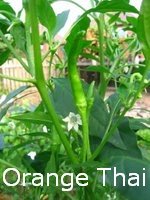
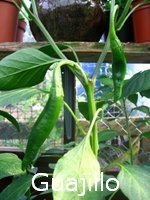
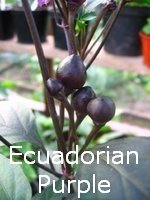

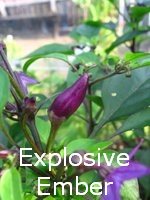



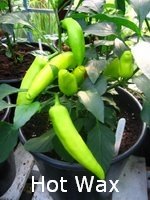
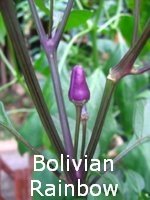













 My Manzano plant is probably the favourite of the 70 odd varieties I’m growing out this year. I purchased a small plant from the 2005 Chilli Fiesta and successfully over wintered the plant in the back bedroom. After a slow start to the growing season, it has been storming ahead in recent weeks and after producing nearly 100 stunning purple flowers in early June, small apple like pods have started to appear. They look fab!!!
My Manzano plant is probably the favourite of the 70 odd varieties I’m growing out this year. I purchased a small plant from the 2005 Chilli Fiesta and successfully over wintered the plant in the back bedroom. After a slow start to the growing season, it has been storming ahead in recent weeks and after producing nearly 100 stunning purple flowers in early June, small apple like pods have started to appear. They look fab!!!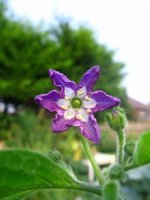

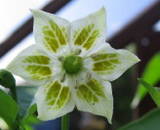


After sowing seeds in March, my chile plants usually start flowering in June/July. A flowering plant normally means that tasty pods are only a few months away. One area which can cause alarm to new chile growers is 'blossom or flower drop'. Chile plants produce many flowers prior to fruiting and it is common for some of them (even up to 60/70%) to fall off. If virtually all your flowers fall off without setting fruit, it will be due to one of more of the following problems :
1. Day time temperatures are too high (consistently above 95 oF)
2. Night time temperatures are too low (consistently below 60 oF)
3. Too much nitrogen fertilizer has been applied (check NPK ratio
of fertiliser)
4. Overwatering
5. Natural light levels are too low (reduces fertility).
6. Humidity is too low (also reduces fertility)
7. Air circulation is poor (good air circulation contributes to pollination).
8. There is a lack of pollinating insects.
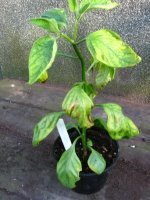 After many months of what has seemed like continuous rain, overcast days and the dreaded slugs, my little babies now face another problem – too much sun!!
After many months of what has seemed like continuous rain, overcast days and the dreaded slugs, my little babies now face another problem – too much sun!!
Several of my young plants in the chilehouse have suffered horrendous damage caused by the intense mid day sun. Curling and yellowing leaves are the most visible signs of sunscald and the more shade loving varieties like Rocoto and some of the wild species have been particularly badly affected.

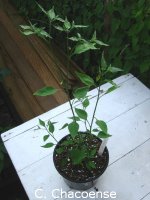



Some common traits of wild species include their stunning flowers, very small (and hot) berry like pods and delicate foliage. Check out the chileman guide to chile species and the chileman database (using the species drop down) for more details. I can't wait to photograph the flowers and put the pods into my tummy!!